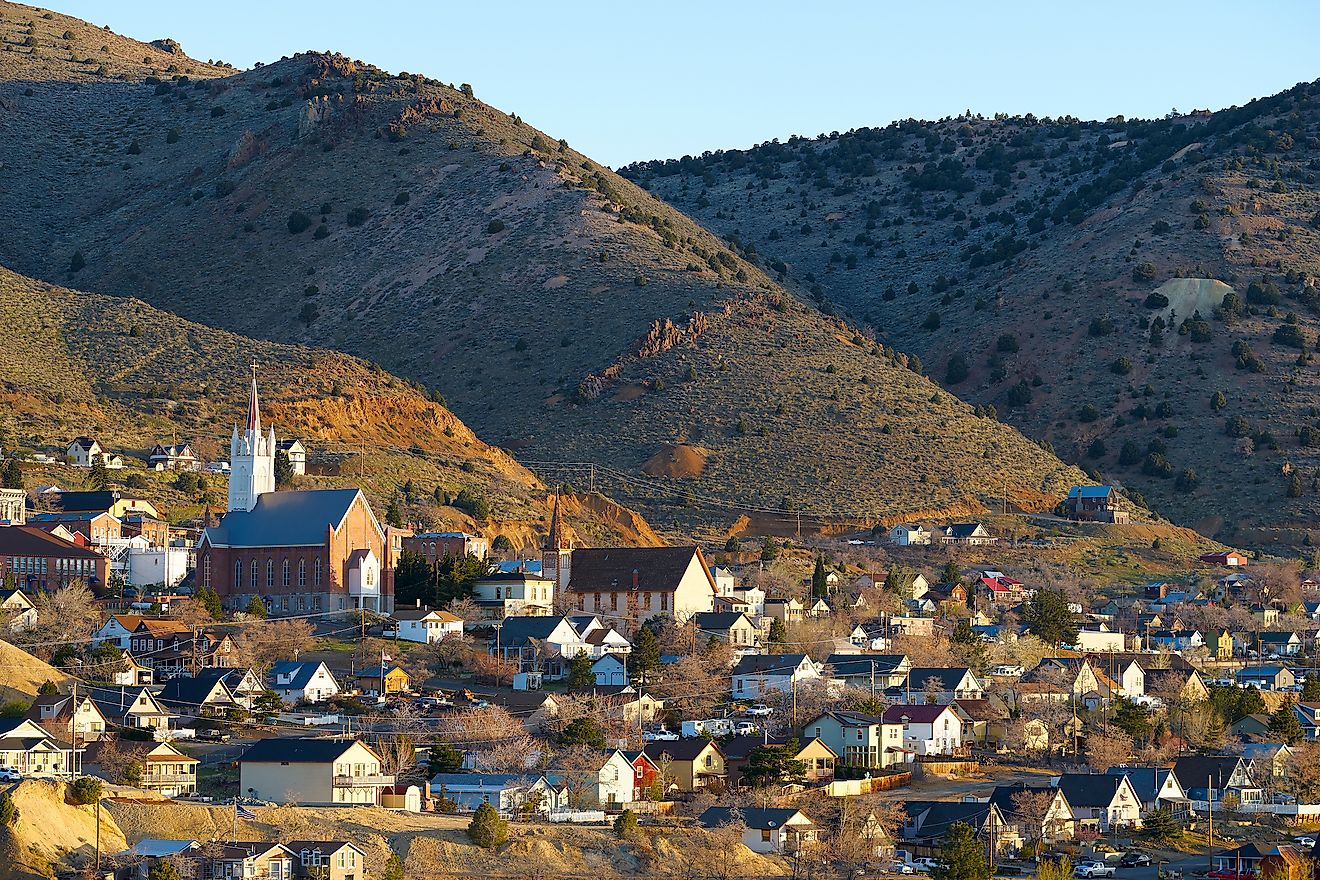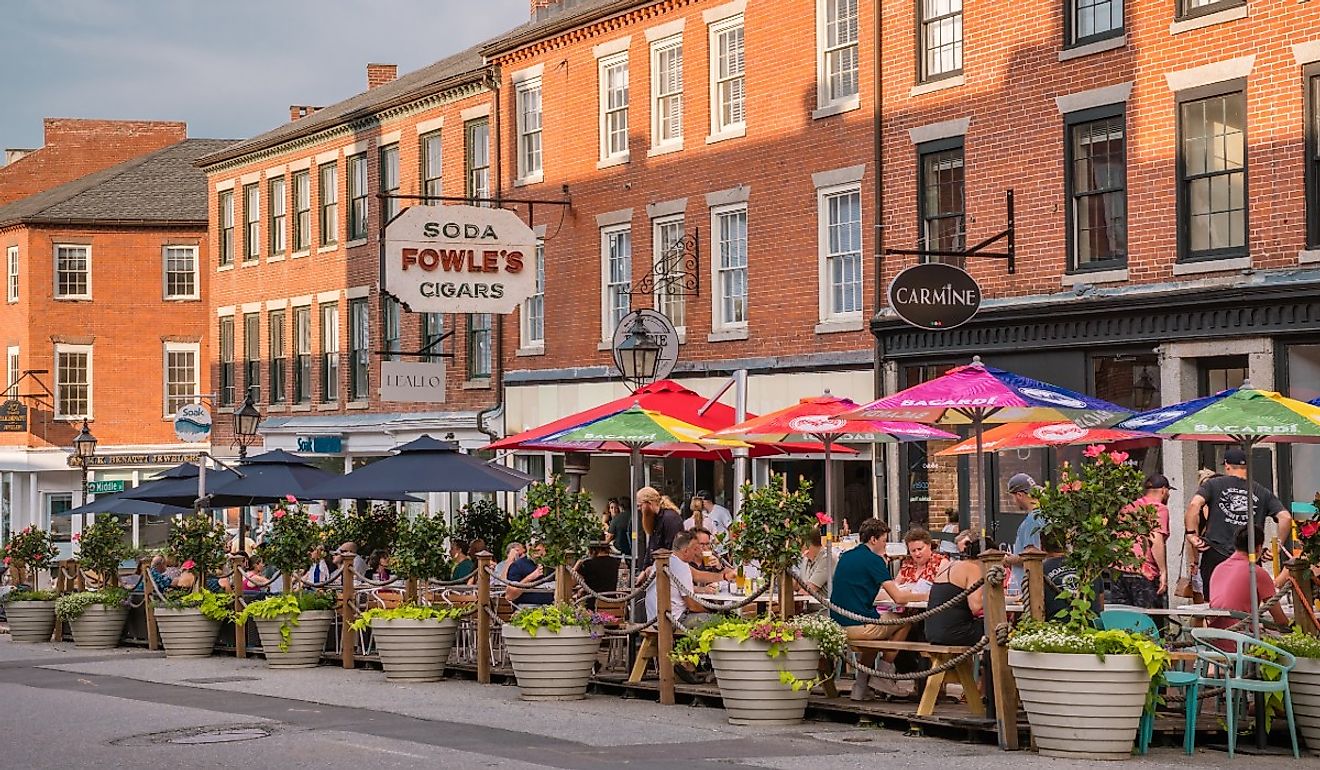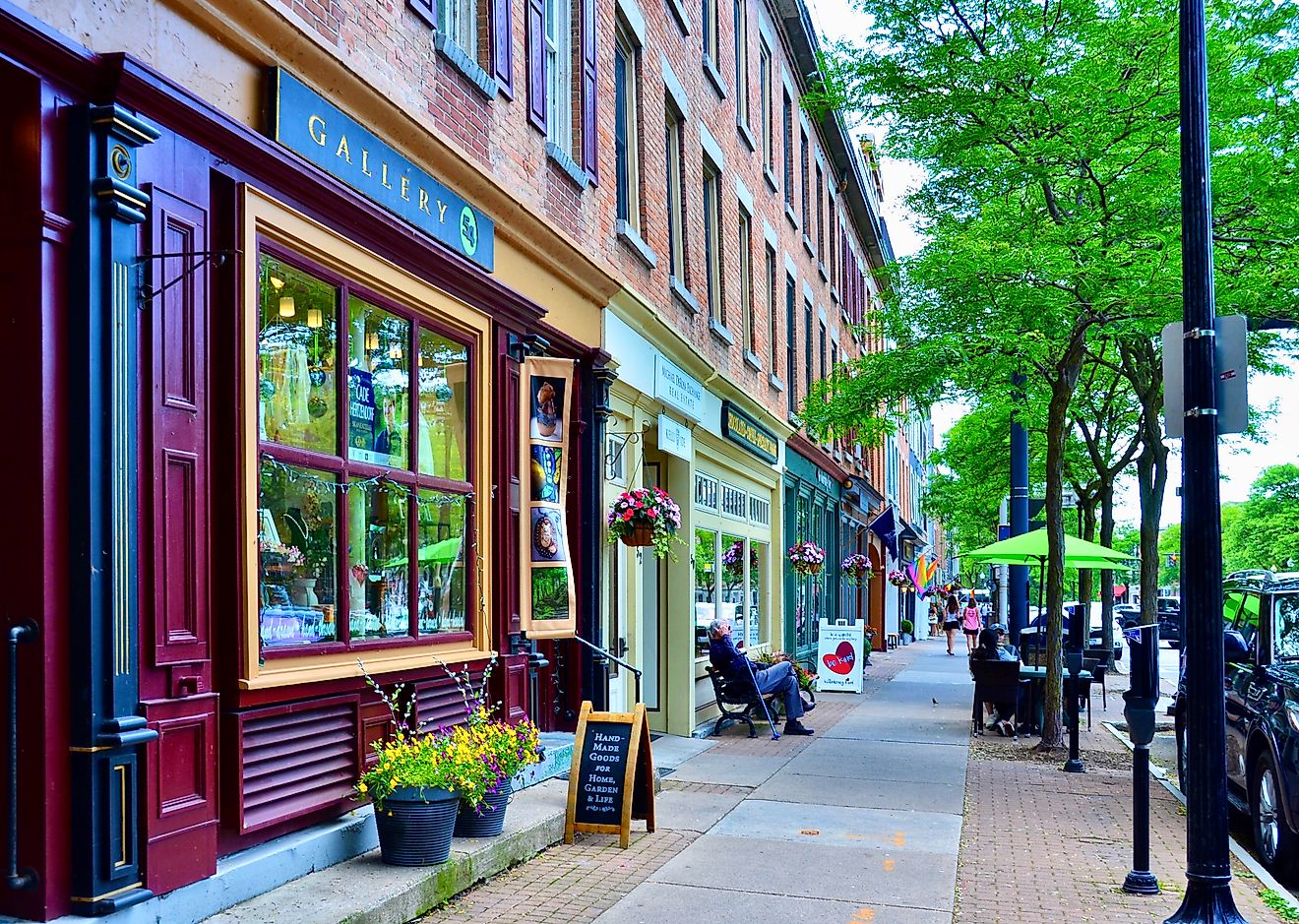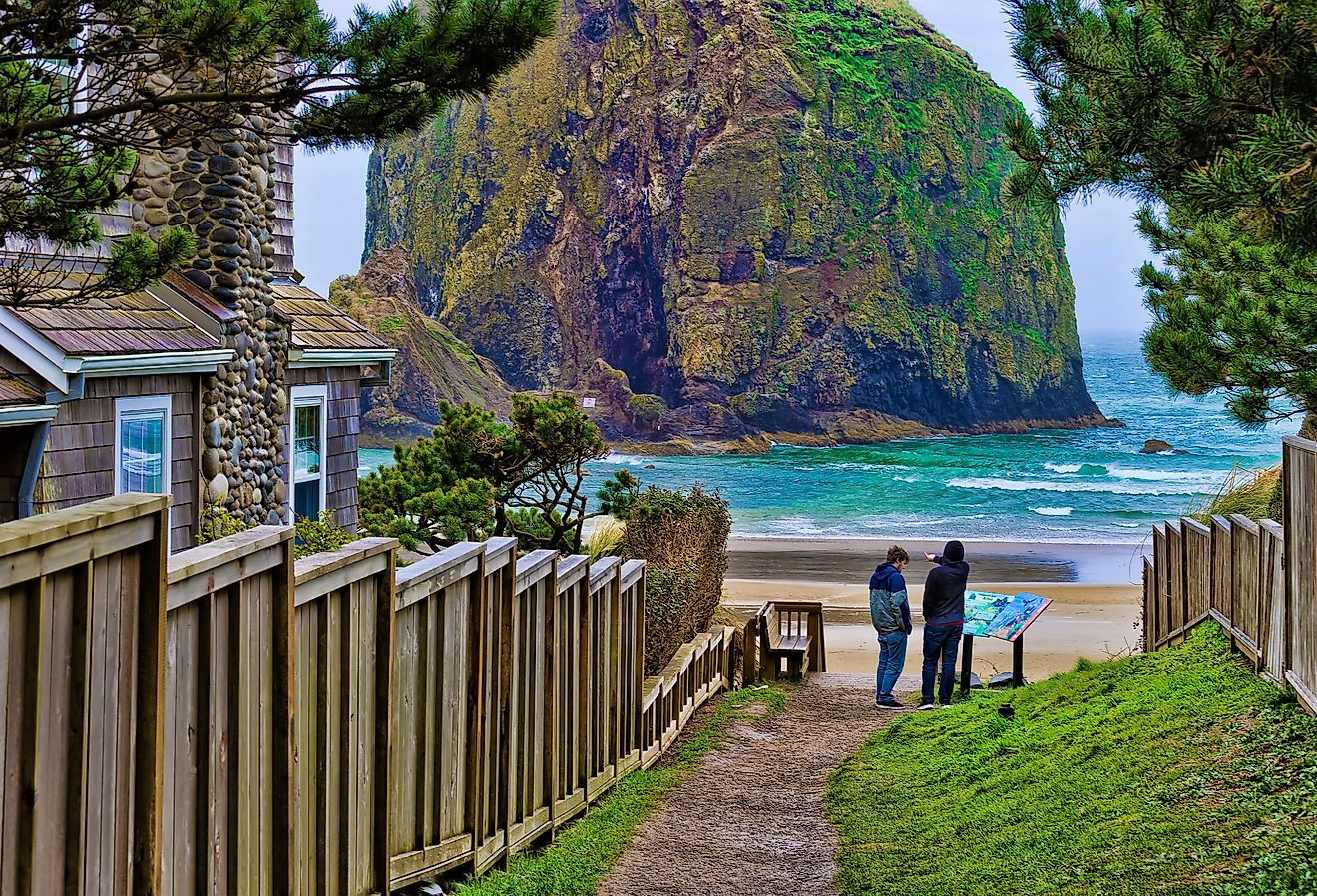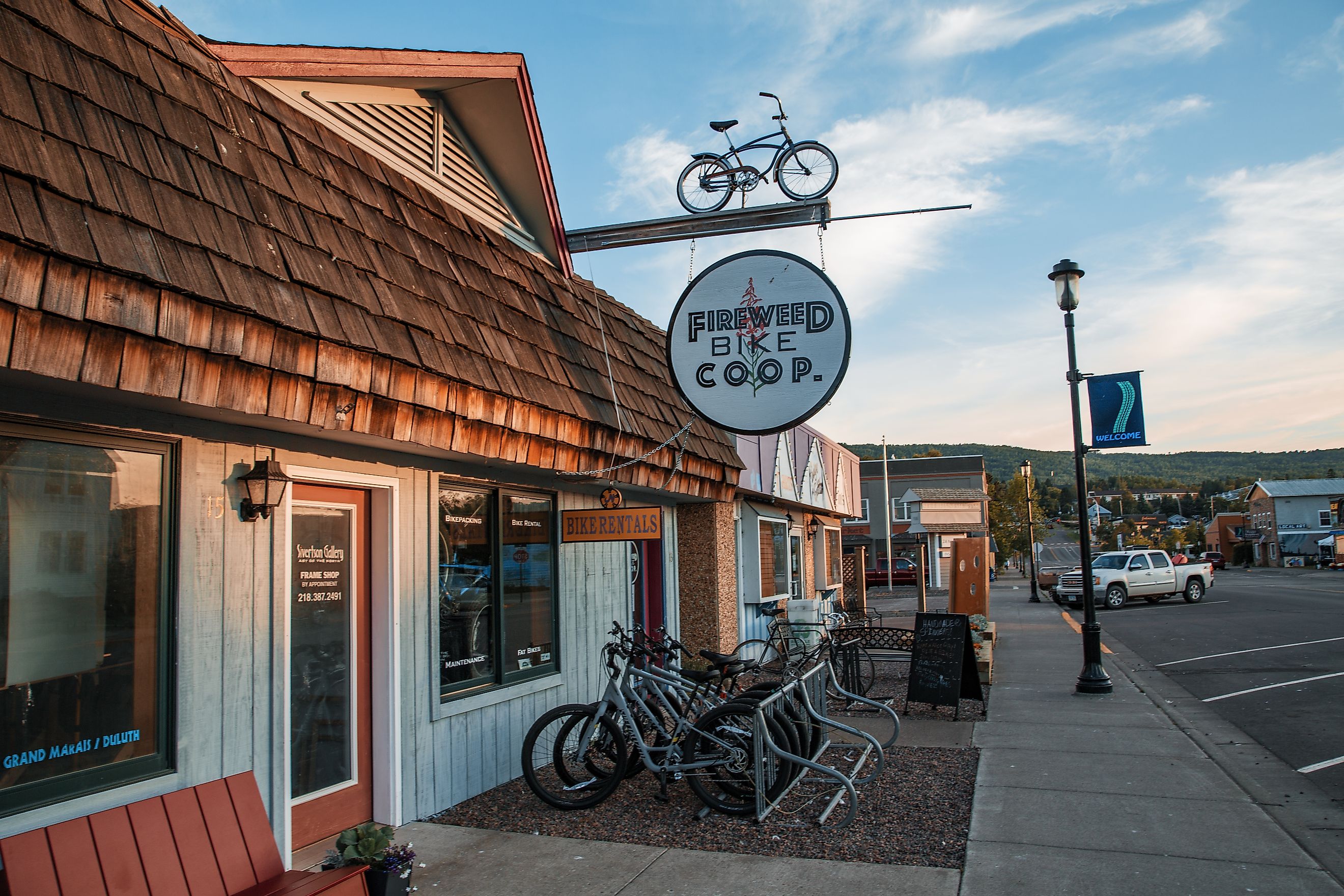
9 Minnesota Towns With A Slower Pace Of Life
In Minnesota, even minutes know how to downshift. Just slip north of the metro’s fast lane and you’ll find entire towns idling in what locals call "third‑gear living," where a traffic jam means two canoes trying to share the same landing.
From border hamlets that greet Canada across glass‑flat water to prairie seats where the loudest evening sound is the courthouse clock deciding what quarter‑hour it is, each place offers proof that the modern schedule can, in fact, be negotiated.
But don’t mistake easygoing for empty! So set your smartwatch to "snooze until further notice" and meet nine Minnesota outposts that practice patience as a civic virtue.
Baudette

Baudette, a small town of fewer than 1,000 residents located along the Rainy River in northern Minnesota near the Canadian border, prides itself as the "Walleye Capital of the World." Founded in the early 1900s, the town rebuilt itself after a devastating fire in 1910, a historic event commemorated in local displays. Fishing culture defines Baudette; the town annually hosts international anglers competing in tournaments such as the Lake of the Woods International Walleye Tournament, drawing attention from both locals and visitors alike. The prominent Willie Walleye statue, a symbol of local pride, stands prominently in Willie Walleye Park.
Cyrus Resort offers guided fishing excursions on Lake of the Woods, popular for walleye and northern pike fishing. Timber Mill Community Park provides river access, picnic areas, and walking trails, emphasizing the town’s laid-back atmosphere. Local dining includes Alice's Family Restaurant, known for hearty breakfasts, and Sportsman's Lodge, featuring locally caught fish dinners. The Lake of the Woods County Museum provides exhibits detailing Baudette’s logging history and early settlement life.
Mora

Mora, situated in Kanabec County, is notably recognized for hosting Vasaloppet USA, an annual cross-country ski race established in 1973 as a sister event to Sweden's Vasaloppet. This event, held each February, features various races including a 58 km freestyle and a 42 km classical race, attracting participants nationwide. The race concludes on Union Street, Mora's main thoroughfare, which is transformed into a snow-covered finish line during the event.
Visitors to Mora can explore the Kanabec History Center, which offers exhibits on the region's logging heritage and early settlement history. Dining options include Sportsmen's Café, known for its traditional American breakfasts, and Northwoods Steakhouse, offering meals with views of Knife Lake. For recreational activities, the Mora Aquatic Center provides swimming facilities during the summer months. Additionally, the Paradise Theater hosts various performances and events throughout the year.
Walker

Walker sits on the southwestern shore of Leech Lake, the state's third-largest lake. Established in 1896 and named after lumber baron Thomas B. Walker, the town's history is intertwined with the logging industry and the Ojibwe people. In 1898, the Battle of Sugar Point occurred nearby, marking a significant event in Native American resistance history. Today, Walker serves as the administrative center for the Leech Lake Band of Ojibwe.
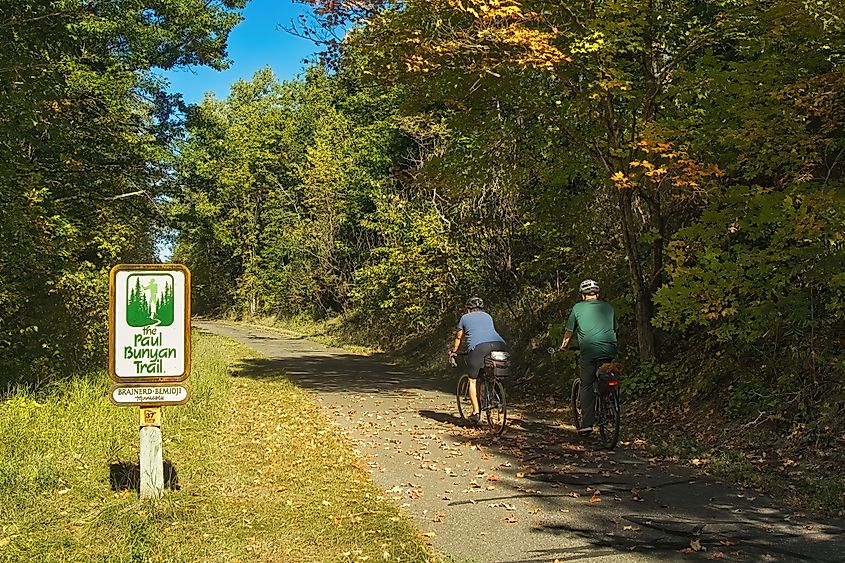
Start your lengthy tour by stopping by the Circle of Time museum, which offers exhibits on local history. For dining, Jimmy's Family Restaurant provides classic American meals. Walker City Park features a lighthouse, picnic areas, and lake access. The Heartland State Trail, a multi-use trail, passes through Walker, catering to cyclists and hikers. Portage Brewing Company serves locally crafted beers. The town hosts the International Eelpout Festival, celebrating the unique eelpout fish, attracting visitors during the winter months.
Luverne
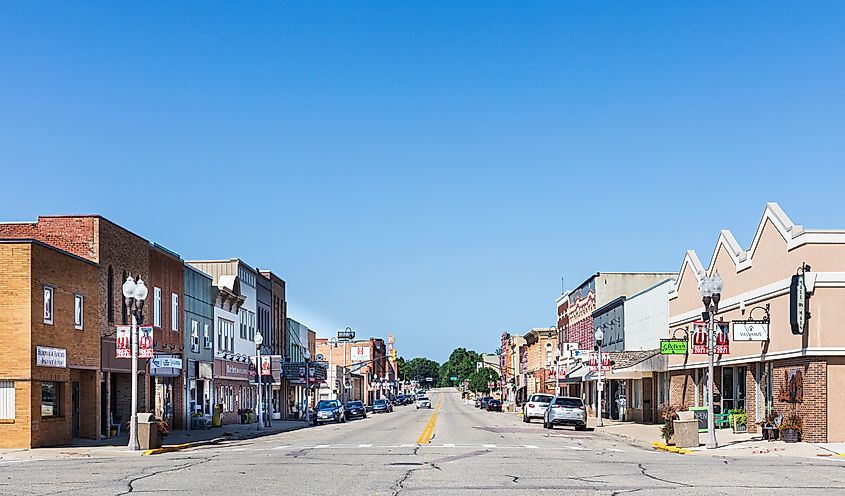
Established in 1867 and named after Luverne Hawes, the daughter of a settler, Luverne has a rich history intertwined with the development of the American Midwest. Luverne was featured in Ken Burns' documentary The War, highlighting its significant contributions during World War II. The town is also known for its unique attractions, such as the Rock County History Center, which houses the largest collection of nutcrackers in the Midwest.
Blue Mounds State Park, home to a herd of American bison and notable Sioux Quartzite cliffs, is a fantastic place to start. The Brandenburg Gallery showcases the work of National Geographic photographer Jim Brandenburg, focusing on prairie landscapes. Dining options include the Howling Dog Saloon, a delicious spot sercing American dishes and delicious cocktails. The Palace Theater, built in 1915, provides live performances and films in a restored setting. For history enthusiasts, the Hinkly House Museum offers a glimpse into 19th-century life in Luverne.
Park Rapids
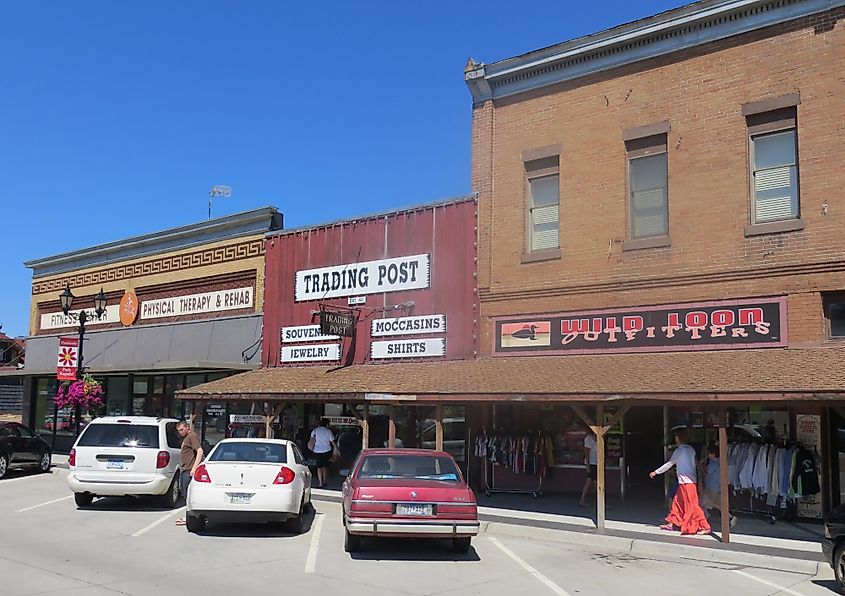
Park Rapids was established in 1882 as a logging town at the junction of the Fish Hook and Straight Rivers. Its name reflects the rapids once present on the Fish Hook River before the construction of a dam. Park Rapids serves as a gateway to Itasca State Park, the site of the Mississippi River’s headwaters, attracting visitors interested in natural history and conservation.

Exploring the Nemeth Art Center, which hosts regional and national contemporary art exhibits, is a must. The Heartland State Trail begins in Park Rapids and runs 49 miles to Cass Lake, accommodating cyclists, hikers, and snowmobilers. Downtown Park Rapids features Main Street with center parking, lined by businesses such as Beagle and Wolf Books & Bindery, and Bella Caffè, known for its espresso and baked goods. Dining options include The Good Life Café, which offers Minnesota-sourced fare, and The Royal Bar, which was established in 1933. Summer events include the Legends and Logging Festival, which celebrates the town’s lumber heritage with competitions and demonstrations.
Grand Marais
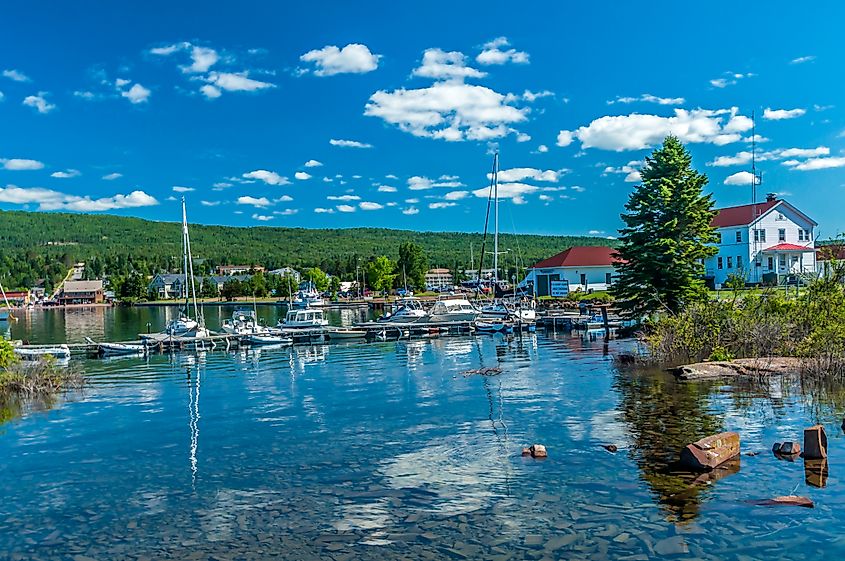
The Ojibwe referred to Grand Marais as "Gichi-biitoobiig," meaning "great duplicate water," referencing the twin harbors that provided natural shelter for early settlers and voyageurs. The town's development was influenced by its strategic location and natural features, leading to its establishment as a hub for fishing and trade. Today, Grand Marais is recognized for its cultural heritage, including institutions like the Grand Marais Art Colony, Minnesota's oldest art colony, and the North House Folk School, which offers courses in traditional crafts.
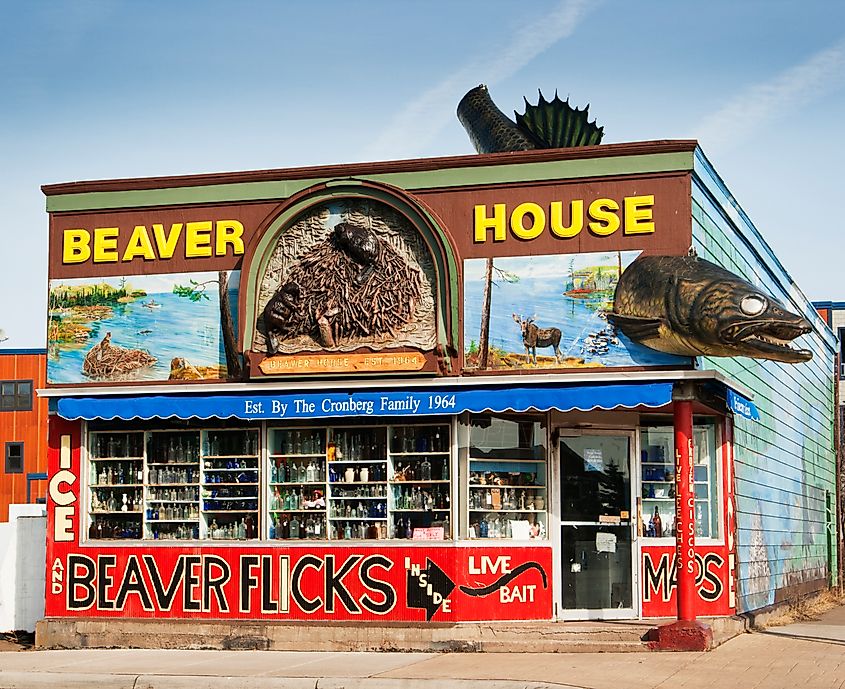
History buffs can visit the Cook County History Museum, which is housed in the historic 1896 Lightkeeper's House and exhibits artifacts related to the region's maritime and settlement history. The Sivertson Gallery showcases works by regional artists, reflecting the area's artistic community. Dining options include the Angry Trout Café, known for its locally sourced menu, and World's Best Donuts, a family-operated bakery established in 1969. Outdoor activities are abundant, with the Gunflint Trail offering access to hiking and canoeing, and Artist's Point providing scenic views of the harbor and lighthouse.
Ely
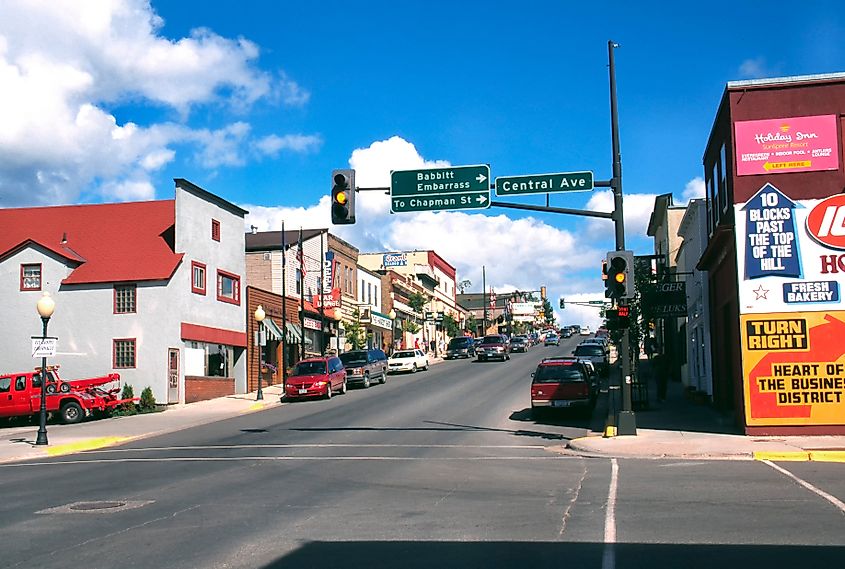
Originally established as an iron mining town in the late 19th century, Ely transitioned into a hub for wilderness exploration and conservation after mining operations declined. The town’s connection to the wilderness is preserved at the Dorothy Molter Museum, which honors the “Root Beer Lady” who lived alone on Knife Lake. The International Wolf Center, founded in 1985, provides educational exhibits and live wolf observations, emphasizing Ely’s role in wildlife conservation.
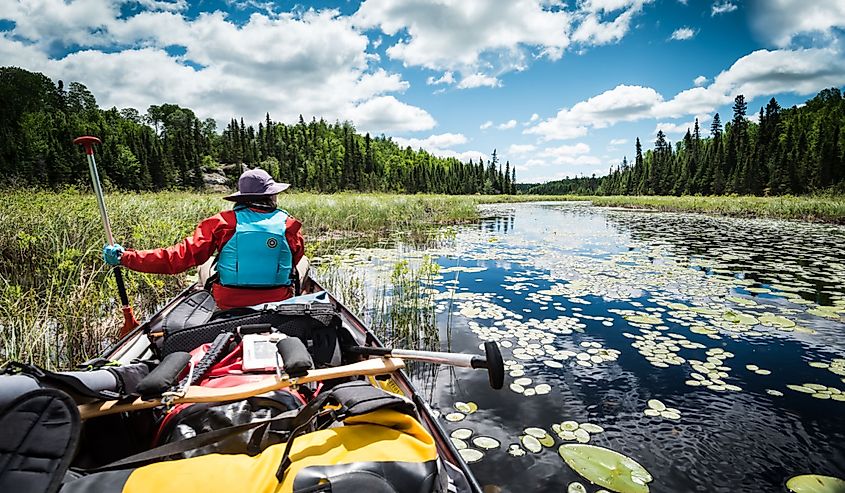
Tourists can explore the Ely Arts & Heritage Center, housed in the Pioneer Mine’s Miners Dry building, offering exhibitions and events. Dining options include Insula Restaurant, serving contemporary American dishes. Front Porch Coffee & Tea Company offers locally roasted coffee. Piragis Northwoods Company provides outfitting services for canoe trips into the Boundary Waters. Whiteside Park hosts the Ely Winter Festival and the Blueberry Art Festival annually. The Trezona Trail, a 3.9-mile loop, circles Miners Lake and provides opportunities for walking and skiing.
Lanesboro
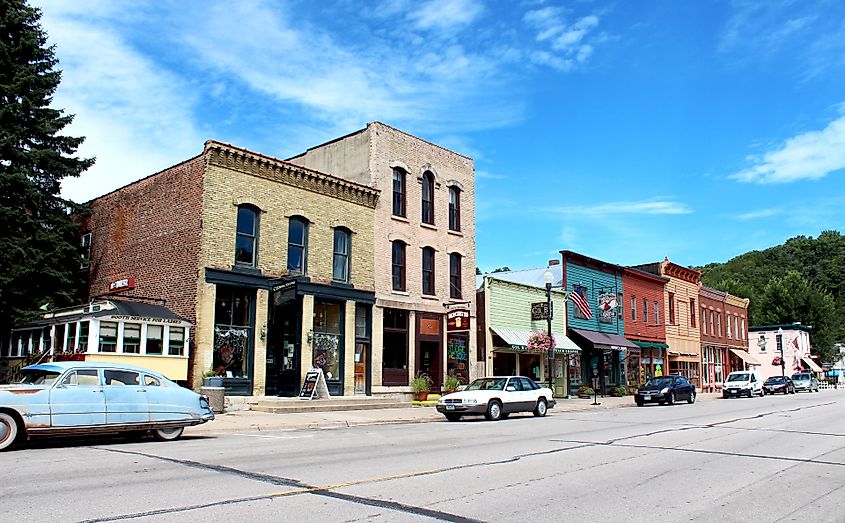
Lanesboro was founded in 1868 along the Root River and developed as a milling town. The city is listed on the National Register of Historic Places for its preserved 19th-century architecture. Known as the “bed-and-breakfast capital of Minnesota,” Lanesboro has focused on tourism and the arts since the decline of milling. The Commonweal Theatre Company, established in 1989, produces professional plays year-round and serves as a cultural anchor. The Lanesboro History Museum, located above the visitor center, contains exhibits on local settlement, milling, and railroad history.
You can bike or walk the Root River State Trail, a 42-mile paved trail that runs through Lanesboro and connects to nearby towns. Art enthusiasts can visit Lanesboro Arts Gallery, which features regional artists and juried exhibitions. For a yummy bite, Pedal Pushers Café serves locally sourced meals. Another option is the Pastry Shoppe, known for homemade pies. Sylvan Park provides access to a community garden and a historic stone dam on the river.
Two Harbors

Established in the late 19th century, Two Harbors became a pivotal shipping port for iron ore, facilitated by the Duluth and Iron Range Railroad. The town's name derives from its two natural harbors: Agate Bay and Burlington Bay. Notably, Two Harbors is home to the oldest operating lighthouse in Minnesota, the Two Harbors Lighthouse, built in 1892. The town also holds historical significance as the birthplace of 3M, originally the Minnesota Mining and Manufacturing Company, founded in 1902.
History buffs should make sure to stop by the 3M Museum, located in the original office of attorney John Dwan, which showcases the company's origins. The Lake County Historical Depot Museum offers exhibits on the region's industrial past, including iron mining and railroads. For outdoor activities, Gooseberry Falls State Park features waterfalls and hiking trails. Split Rock Lighthouse State Park provides scenic views of Lake Superior. Dining options include Betty's Pies, known for its variety of pies, and the Rustic Inn Café, offering homestyle meals. The Sonju Trail offers a walking path along the shoreline, and the Edna G. Tugboat, a retired steam-powered tug, is available for tours.
These nine towns prove that Minnesota’s most valuable export is unhurried time. Whether you cast for walleye in Baudette, trace frontier ski tracks in Mora, or listen to lighthouse foghorns in Two Harbors, the meters of modern life fall quiet. Pack curiosity, leave urgency behind, and let the Land of 10,000 Lakes teach the luxury of lingering—because here, the clock is just another visitor, politely waiting its turn in line.
